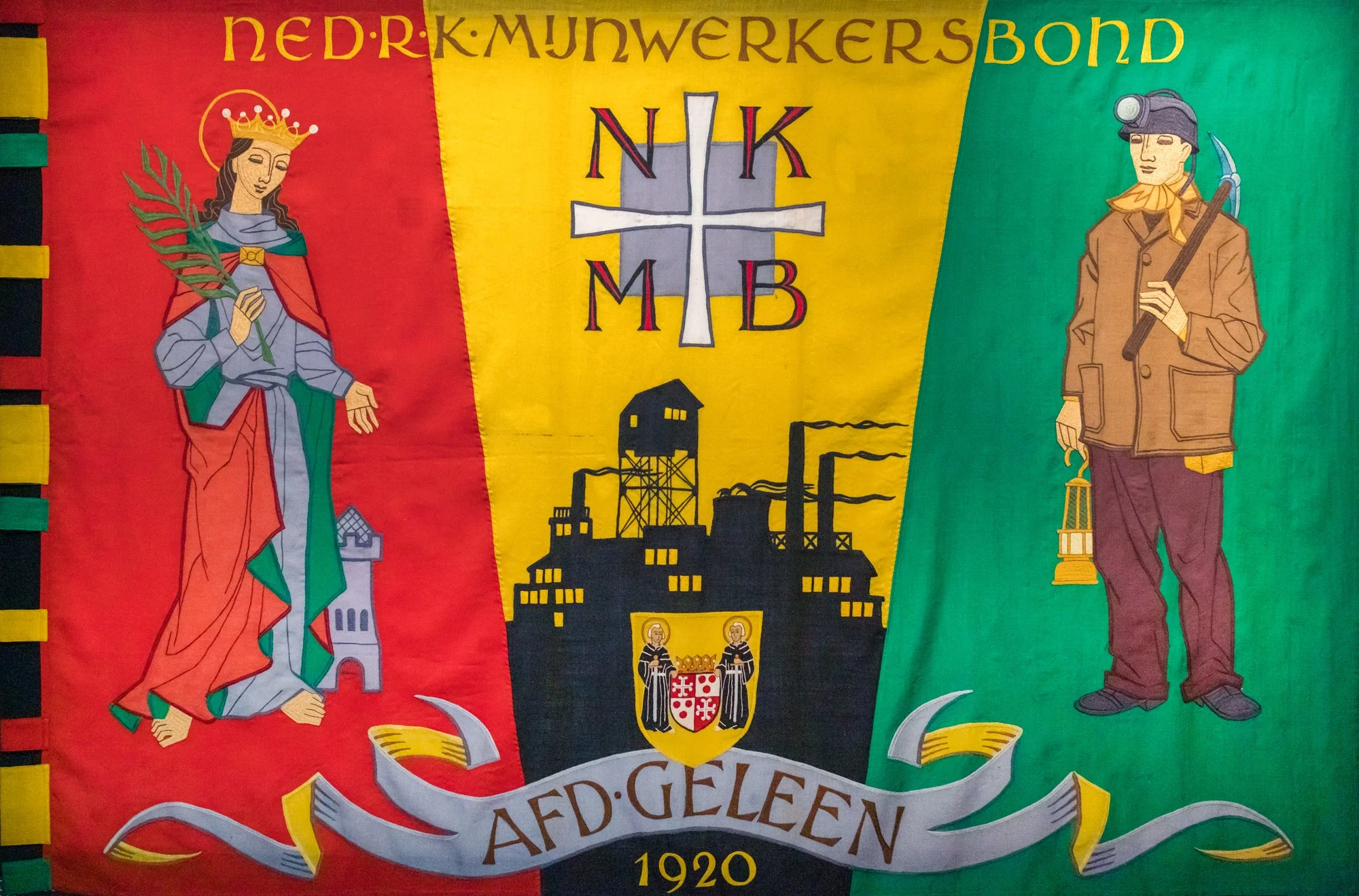Henri Poels.
When coal was discovered in South Limburg at the turn of the 20th century, it promised jobs, prosperity—and potential trouble. Across Europe, industrial regions had already shown how rapidly growing workforces could become hotbeds of labour unrest, socialism, and political radicalism. In The Hague and in church offices alike, there was quiet concern: how could Limburg’s mining communities grow without becoming a social powder keg?
That challenge found its champion in Monsignor Henri Poels, a priest from Venray who would become known as aalmoezenier van de arbeid—chaplain to the working class. Poels understood that keeping the peace in the mines meant more than sermons on Sunday. It required housing, leisure, and a sense of belonging firmly rooted in Catholic life. His mission was both pastoral and strategic: to “bind the worker to the soil,” as one famous slogan put it, by giving them a stake in stable, faith-based communities.
In 1911, Poels founded Ons Limburg, a cooperative housing association designed to tackle the chronic shortage of decent homes for miners and their families. Good housing, he believed, was a bulwark against the appeal of socialist promises. But bricks and mortar were only the beginning. Poels actively encouraged a dense network of Catholic associations—sports clubs, choirs, youth groups, and mutual aid societies—that would anchor miners’ lives in a shared moral and cultural framework.
His reach extended into the cultural sphere as well. Through initiatives like the NV Tijdig, he supported Catholic-friendly cinema and theatre, offering wholesome entertainment that kept people within the Church’s orbit even in their leisure hours. In the process, he helped shape a “pillar” of Catholic life in Limburg—parallel to, and often in competition with, socialist and liberal networks.
The results were tangible. Catholic miners’ unions provided an alternative to secular labour movements, offering advocacy on wages and conditions without breaking ranks with the Church. Housing cooperatives ensured that miners lived in neighbourhoods designed with parish life in mind—complete with churches, schools, and clubhouses. For decades, this model of faith-led community building kept Limburg’s mining region socially cohesive, even as it absorbed waves of migrant labour from other parts of the Netherlands, Belgium, Germany, and beyond.
By the 1930s, the coalfields of South Limburg were more than an economic engine; they were a laboratory for a uniquely Catholic approach to industrial society. Poels’ legacy still lingers in the brick façades of garden villages, in the archives of miners’ associations, and in the memory of a time when the Church was not only a place of worship, but the architect of an entire way of life.
Banner of the Dutch Roman Catholic Miners’ Union, Geleen branch in South Limburg (1920).
Further reading
BWSA, Henri Poels (Internationaal Instituut voor Sociale Geschiedenis)
Canon van Nederland, Limburg-venster: Ons Limburg and housing policy
T. Oort, Film en het moderne leven in Limburg (chapter on associations and cinema)
S. Langeweg, Mijnbouw en arbeidsmarkt in Nederlands-Limburg, 1900–1965
Katholiek Zuid-Limburg en het fascisme (Maaslandse Monografieën 19)
Open Universiteit, “Mijn en Kerk” thematic article



